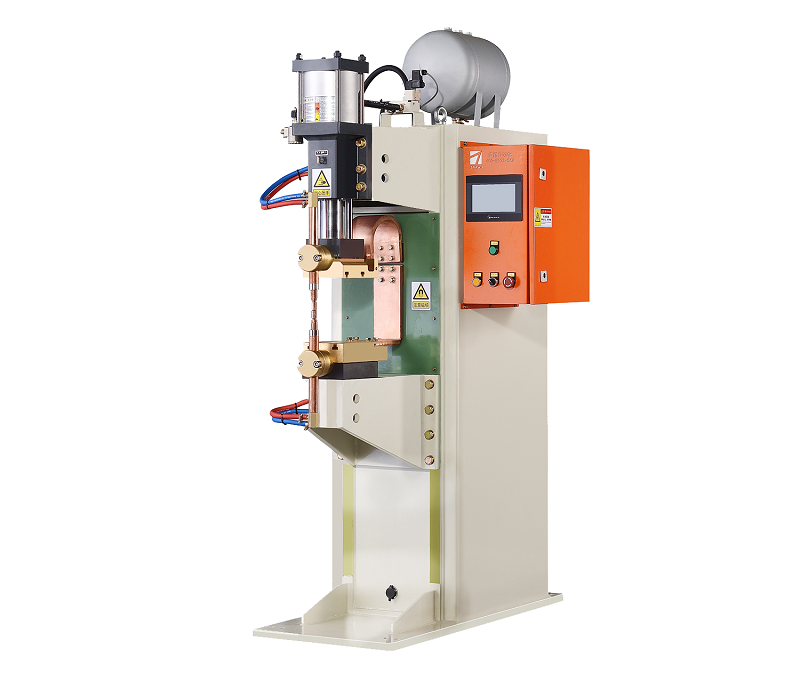Why is Electrode Pressure Important for Medium Frequency Spot Welding?
Medium frequency spot welding is a widely used technique in various industries for joining metal components. One crucial factor that significantly affects the quality and reliability of these welds is the electrode pressure applied during the process. In this article, we will delve into the importance of electrode pressure in medium frequency spot welding and how it influences the overall weld outcome.

The Role of Electrode Pressure:
Electrode pressure refers to the force exerted by the electrodes on the workpieces being welded. This pressure plays a vital role in achieving a strong and consistent weld joint. Here’s why electrode pressure is so important:
- Material Contact and Heat Generation: Proper electrode pressure ensures optimal contact between the workpieces and the electrodes. This contact is essential for efficient heat generation and transfer during the welding process. Insufficient pressure can result in poor heat distribution, leading to uneven welds and potential defects.
- Electrical Conductivity: Adequate pressure helps establish good electrical conductivity between the electrodes and the workpieces. This conductivity is necessary for the passage of current through the metal components, leading to localized heating at the welding points.
- Molten Material Flow: In spot welding, a portion of the metal at the welding point becomes molten and flows together to form the weld nugget. Sufficient electrode pressure ensures proper molten material flow and fusion, contributing to a robust weld joint.
- Minimization of Electrode Wear: Optimal pressure helps distribute the current and heat evenly, reducing the risk of localized overheating and electrode wear. This extends the lifespan of the electrodes and reduces the need for frequent replacements.
Impact on Weld Quality:
The level of electrode pressure directly influences the quality of the weld produced. Insufficient pressure can lead to several welding defects, including:
- Weak Welds: Inadequate pressure might result in poor fusion between the workpieces, leading to weak welds that are prone to failure under stress.
- Porosity: Insufficient pressure can trap air or gases between the workpieces, causing porosity in the weld. Porosity weakens the weld joint and makes it susceptible to corrosion and cracking.
- Incomplete Penetration: Proper pressure is necessary for achieving full penetration through the metal sheets. Incomplete penetration can compromise the integrity of the weld.
Finding the Right Balance:
While higher electrode pressure generally contributes to better weld quality, excessive pressure can also have negative effects. It might cause material deformation, excessive electrode wear, and even project the molten metal out of the weld zone. Therefore, finding the right balance is crucial.
electrode pressure is a critical parameter in medium frequency spot welding. It affects various aspects of the welding process, from heat generation to material flow and overall weld quality. Welding operators must carefully adjust and monitor electrode pressure to achieve consistent and reliable welds, ensuring the integrity of the final product.